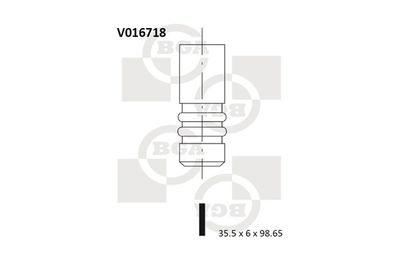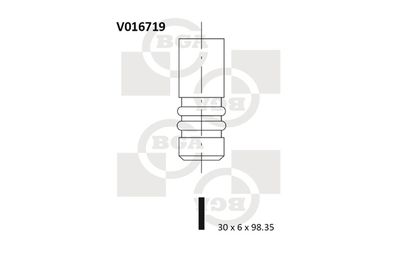Engine Valves for
Skoda Yeti (5L) (2009 - 2017) 1.2 TSI (105HP / 77KW) (09/2009 - 05/2015)






VAT INC
VAT EX
VAT INC
VAT EX
VAT INC
VAT EX
| In stock with supplier dispatched in 3 working days |
| In stock with supplier dispatched in 3 working days |
| In stock with supplier dispatched in 1 - 2 working days |















VAT INC
VAT EX
VAT INC
VAT EX
| In stock with supplier dispatched in 1 - 2 working days |
| In stock with supplier dispatched in 1 - 2 working days |
| Call 01793 839919 or email retail@apd.co.uk for availability |













































































































